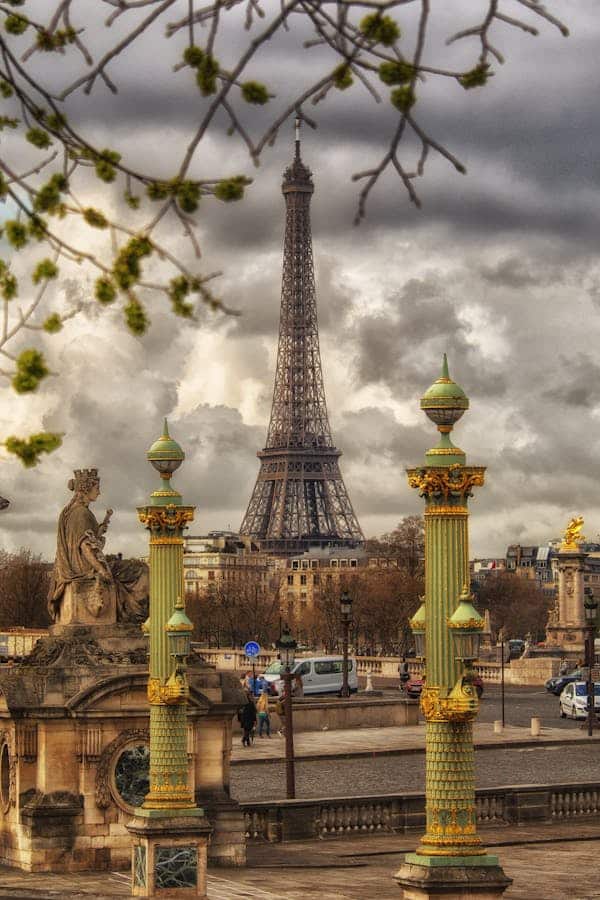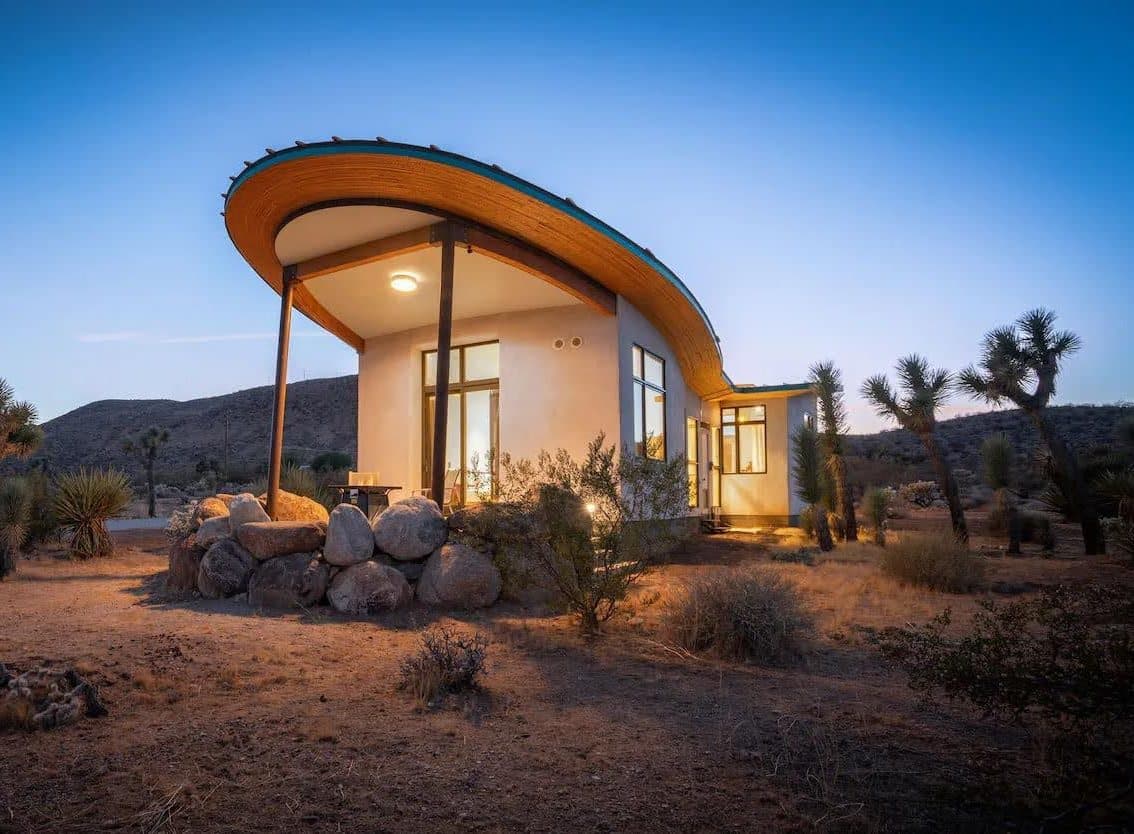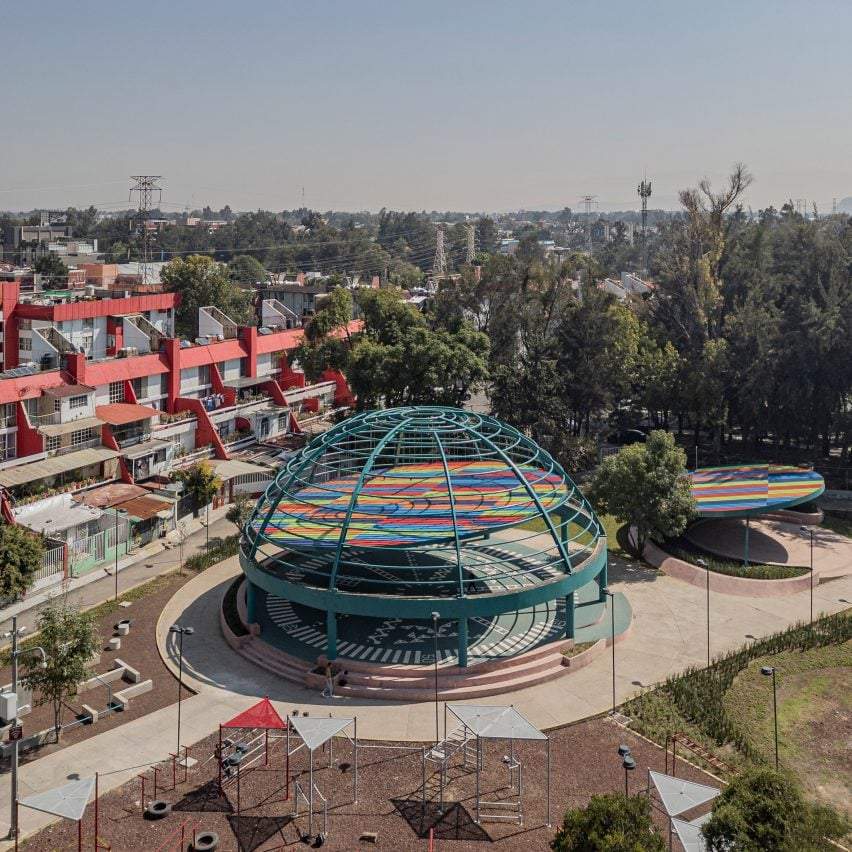A Legendary Engineering Masterpiece Redefining Modern Construction
Introduction
Standing tall at the heart of Paris, the Eiffel Tower is more than just an architectural icon it’s a symbol of human ingenuity and engineering excellence.
This legendary structure represents the perfect blend of innovation and beauty in construction . When it was built in 1889, it revolutionized the way we approach high rise buildings, setting new standards for structural design and material use. Designed and constructed in France, the tower quickly became not only a landmark of Paris but also a global symbol of progress and creativity.
Though initially met with doubt and even criticism from artists and intellectuals, the Eiffel Tower has since earned its place as one of the most celebrated achievements in architectural history. What makes it more than just a tourist destination is its groundbreaking engineering , the precision of its construction , and the quality of materials and methods used all of which laid the foundation for modern civil engineering.
In this article, we’ll take you through a detailed exploration of the tower’s internal structure , the materials that shaped it , the construction techniques that brought it to life , and its modern-day uses , revealing why it continues to inspire engineers and architects around the world in the 21st century.

ArchUp continues to track transformations in the construction industry, documenting projects that embrace innovation and redefine how cities are built.
Construction Materials: Iron from Algeria Laid the Foundation
The use of cast iron and wrought iron in building the Eiffel Tower was groundbreaking at the time. These materials offered strength with relatively low weight, allowing for the creation of a massive structure without placing excessive load on the foundations.
| Material | Quantity Used | Notes |
|---|---|---|
| Structural Iron | 10,100 tons | High-quality iron sourced from mines in Miliana, Algeria |
| Rivets | 2.5 million | Used to precisely join metal components |
| Concrete | – | Only used in foundations for base stability |

The iron used in the construction of the Eiffel Tower came from the rich mines of Miliana in Algeria, reflecting the French engineers’ commitment to quality and precision. Each individual component was manufactured to an exceptional standard accurate to within a tenth of a millimeter and then carefully transported and assembled on site.
How Was the Eiffel Tower Built?
Construction began in 1887 and lasted just two years, two months, and five days an incredibly short period for such a large-scale project. The team included 300 workers and around 50 engineers , and all 18,038 iron pieces were pre-fabricated at the Levallois-Perret factory before being moved to the site.
Key Steps in the Construction Process:
- Factory Manufacturing:
Every single piece was custom designed and measured to within a tenth of a millimeter , then grouped into larger sections for transport. - On-Site Assembly:
Thermal rivets were used to securely fasten the metal pieces. Each rivet required a team of four workers to install and fix properly. - Installation of Arches and Columns:
The base arches were designed using precise mathematical calculations to enhance wind resistance and provide additional structural support. - Foundation Work:
Different types of soil including sand, gravel, clay, and chalk were carefully studied. Metal caissons were used on the side near the Seine River to ensure solid foundation anchoring.
Smart Engineering Design: How Gustave Eiffel Created a Wonder
Gustave Eiffel’s main challenge was designing a tower capable of withstanding strong winds without collapsing or corroding quickly. To achieve this, he used a parabolic curve design , where the columns taper upward, reducing wind resistance.

Main Structural Components:
| Part | Description |
|---|---|
| Four Main Columns | Form the primary support, made of lightweight metal lattice |
| Trusses | Connect columns and distribute loads evenly |
| Base Arches | Add visual appeal and reinforce wind resistance |
| Platforms | Three observation decks at different heights (57 m, 115 m, 276 m) |
| Upper Antennas | Currently used for TV and radio broadcasting |
Wind Resistance: How Did Eiffel Do It?
Eiffel applied principles of aerodynamics long before it became a formal field of study. He designed the columns to burst outward from the ground in curved shapes that reduce wind impact. Additionally, the weight distribution toward the bottom gives the tower remarkable stability even under extreme weather conditions.

Inside the Tower: A Blend of History and Technology
The Eiffel Tower isn’t just a tourist attraction it houses various facilities that combine history, art, and modern technology :
| Floor | Height | Contents |
|---|---|---|
| First Level | 57 meters | Altitude 95 restaurant, observation deck, wall of French scientists’ names |
| Second Level | 115 meters | Observation platform, Le Jules Verne restaurant, panoramic views |
| Third Level | 276 meters | Enclosed viewing area, often mistakenly referred to as the fourth floor |
| Top | 324 meters (with antennas) | Broadcasting antennas, TV and radio transmission stations |
Modern Uses of the Tower
The Eiffel Tower is no longer just a monument; it serves several technological and cultural functions today:
1. Radio and Television Broadcasting
- Contains 120 antennas for signal transmission.
- Covers over 10 million homes across France.
- System updated multiple times since 1957, including the addition of digital terrestrial broadcasting .
2. Scientific Research
- Used for experiments on weather, gravity acceleration, and aerodynamics .
- A wind tunnel was installed in 1909 to study air movement around objects.
3. Fine Dining
- Offers dining experiences on the first and second levels, with panoramic views of Paris.
- The Le Jules Verne restaurant features a dedicated elevator .

Amazing Facts About the Eiffel Tower
| Data | Details |
|---|---|
| Total visitors since opening | 250 million people |
| Number of stairs | 1,665 steps |
| Paint used per coat | 60 tons (every 7 years) |
| Number of elevators | 7 main elevators + freight elevator |
| Elevator speed | 2 m/s |
| Radio stations | 31 |
| TV channels | 30 |
Lessons We Can Learn From the Eiffel Tower
1. The Fusion of Engineering and Art
The Eiffel Tower wasn’t just a technical achievement it was a blend of artistic vision and engineering excellence. This should be the standard for modern architecture : aesthetics and function must go hand-in-hand.
2. Use of Lightweight Yet Strong Materials
The high-quality iron allowed for a tall but relatively light structure. This opens the door for future projects to explore advanced metals and alloys .
3. Precise Planning and Execution
Workers carefully manufactured each component of the tower off-site with high precision, saving both time and resources. Today, construction teams apply this same principle through modern methods like Building Information Modeling (BIM), where digital planning and prefabrication speed up the building process.
4. Adaptability Over Time
From a temporary monument to a communications hub and research center, the Eiffel Tower proves the importance of designing buildings that can evolve with time .

ArchUp continues to monitor changes in the construction sector, documenting innovative projects that reshape the way people build cities.
Conclusion: The Eiffel Tower More Than Just a Tower
The Eiffel Tower is not just a metal structure it’s proof that engineering creativity can transcend borders and redefine the very concept of construction . It remains a challenge for every architect and civil engineer who dares to leave a mark worth studying and emulating.
Are we ready to build towers like Eiffel in the age of artificial intelligence and clean energy?
The answer is close and the field awaits those who dare to innovate.
Follow us on ArchUp for more in-depth engineering analysis and inspiring stories that rewrite the rules of building.







